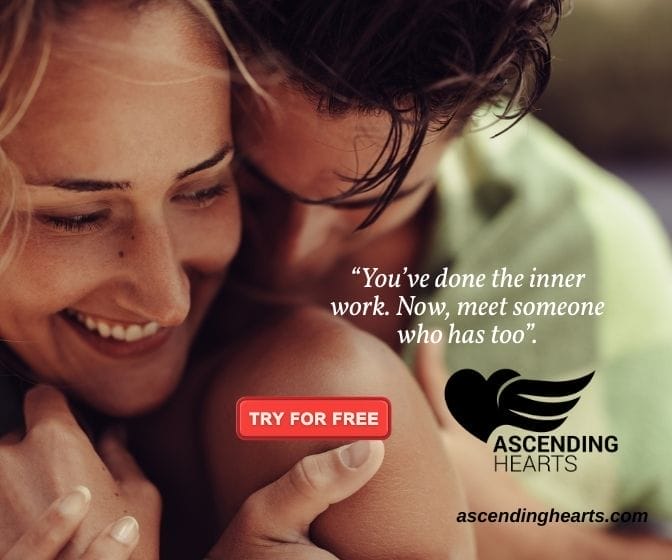The Big List of Things That Suck
by EcoStiletto
Part 1
It started out as wee little list of conventional fashion, beauty and lifestyle suckies that our editors kept for their own reference while writing EcoStiletto articles about eco-fashion, beauty and lifestyle.
Then we started inventing our own suckies—i.e.“sustainabully,” a person who makes others feel guilty for perceived eco-sins—and slipping them in. Once we added the information we’d researched for articles—like the amount of pesticides that go into conventional cotton production, why hemp t-shirts might just save the world and how to figure out if your moisturizer can cause cancer—The Big List got so behemoth that we built a website around it. Yup, that was the beginning of EcoStiletto.
Welcome to The Big List of Things That Suck. But be prepared. It’s kind of scary.
AGRIBUSINESS
Federal subsidies on things like soybeans and corn—used in cheap feed for livestock and high-fructose corn syrup, respectively—means that we produce pesticide-laden mono-crops, which benefit the big corporations that produce packaged food but don’t do much for our environment, or our health. According to the House Appropriations Committee, in 2009 mandatory spending on farm subsidies was $7.5 billion, compared with $15 million for organic and local food-growing programs.
Where to find it: The Heartland. And the whole land.
Suck less: The bad news is that most of us are carrying around a whole lot of toxins from chemically grown and processed foods, and these have been linked to health problems. The good news is studies have shown that eating organic for just one week can eliminate many of them. When it comes to organics, look for meat, milk products and delicate fruits like strawberries and peaches, which are typically heavily sprayed: Just one tiny blueberry can contain 48 different pesticides!
If you can’t find organic, opt for conventional fruits and veggies that you can peel, such as oranges, watermelon, eggplant, avocados, corn, sweet peas and cabbage. Remove the outer skin, husk or leaves and you’re removing a significant amount of pesticide contamination. See FACTORY FARMING.
AIR TRAVEL
Everyone knows that air travel is bad, bad, bad for the environment. But according the International Air Travel Association, which downplays global warming under the header of “Scientific Uncertainties,” aviation is responsible for a mere two percent of global carbon emissions, and 12 percent of carbon emissions from transport—as opposed to 74% from cars and trucks on the road.
Seems reassuring, doesn’t it? Kind of makes you want to hop the next flight to anywhere, right? But think about this: The global warming issues associated with aviation are alarming not simply because of the carbon dioxide (plus nitric oxide, nitrogen dioxide and sulphur dioxide) emissions, but because at the height that they are, um, emitted, they have twice the effect on global warming that they do at ground level. So one jaunt across the Atlantic can produce as much ozone-depleting pollution as the average driver does in a year. Compound that with the fact that the average number of people flying is expected to double over the next 15 years, and Houston, we’ve got a problem.
Where to find it: Look up.
Suck less: If you absolutely, positively have to be there overnight, online resources like Carbon Fund let you calculate the environmental impact of your life—including travel—and then buy offsets to counteract it. Where does the money go? To green energy projects like solar fields and wind farms.
Similarly, the air travel carbon footprint calculator from carbon-offsetter TerraPass takes into account specific airlines and routes, so you can figure out which airline offers the lowest carbon flight on any route before you book your travel, then determine how your choice of economy, business or first-class affects the footprint of your flight. Plus, you can specify direct versus connecting flights, so the impact of additional take-offs and landings can be factored in.
See CARBON FOOTPRINT. Boy voyage!
ALUMINUM
A 1993 World Health Organization “Public Health Report” cited autopsies which found high concentrations of aluminum in the brains of those afflicted with Alzheimer’s disease.
Where to find it: Antiperspirants.
Suck less: Natural deodorants made with baking soda, which controls stinky bacteria. You can even use an old powder brush to dust the stuff directly to your pits. Works great, costs pennies. See ANTIPERSPIRANTS.
ANIMAL TESTING
As many as 115 million animals are experimented on and killed in laboratories in the U.S. every year. Much of the experimentation remains ethically and scientifically questionable. Such testing calls into question the potential hazards to human beings, wildlife and the environment.
Where to find it: From cosmetics to medicines, animal testing is a routine part of a product development process.
Suck less: Look for beauty products that are labeled “cruelty free” or picture a cartoon bunny, which indicates no animal testing went into their development. P.S. “Vegan” products are not animal tested and contain no animal ingredients such as honey or milk, but they aren’t organic unless they say so.
ANTIBACTERIALS, TRICLOSAN
Antibacterial interfere with testosterone production and have been detected in breast milk; overuse prevents them from working when they’re really needed, such as to fight things like E. coli and Salmonella bacteria.
Where to find them: Antibacterial soaps and sprays.
Suck less: Studies have shown that hot water and soap work just as well (or better) to fight germs and don’t mess with us, or the ecosystem.
To Be Continued…
Click HERE to Connect with your Daily Horoscope!
Connect with EcoStiletto at http://ecostiletto.com
OMTimes Magazine is one of the leading on-line content providers of positivity, wellness and personal empowerment. OMTimes Magazine - Co-Creating a More Conscious Reality



